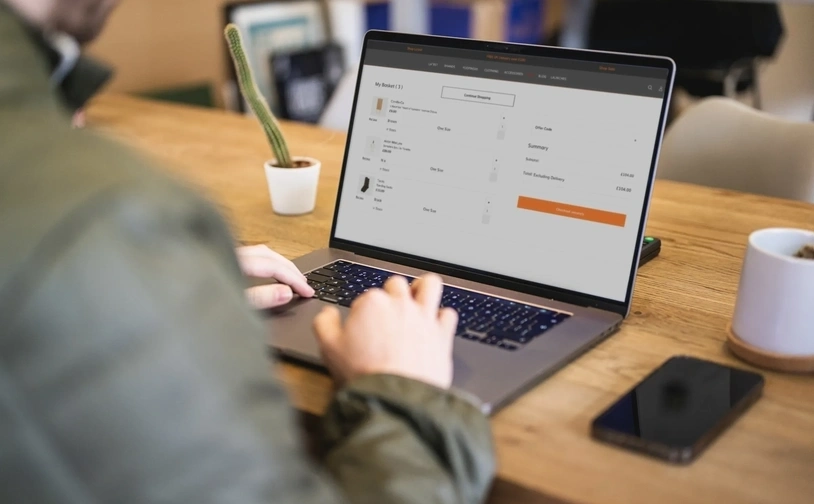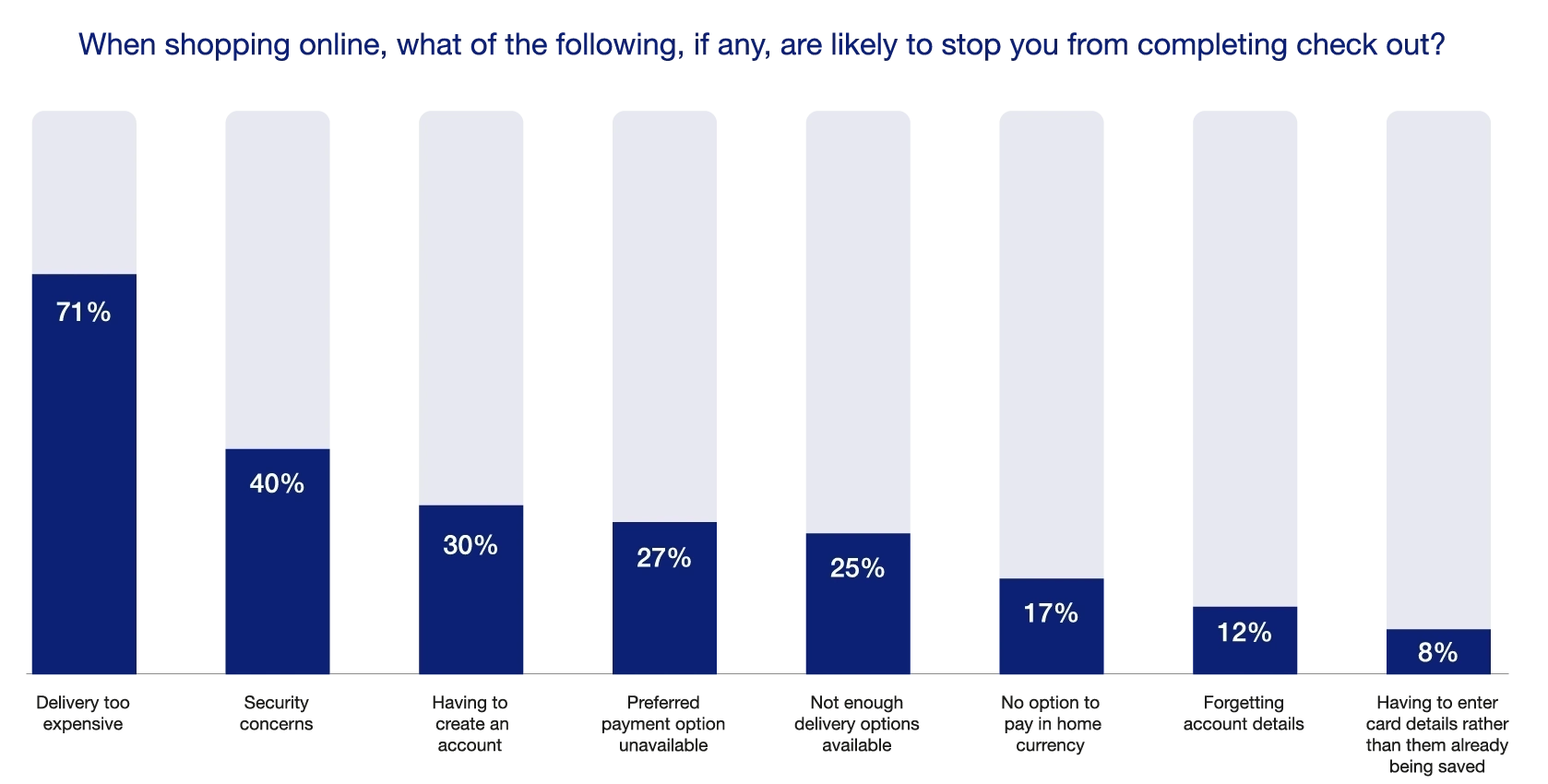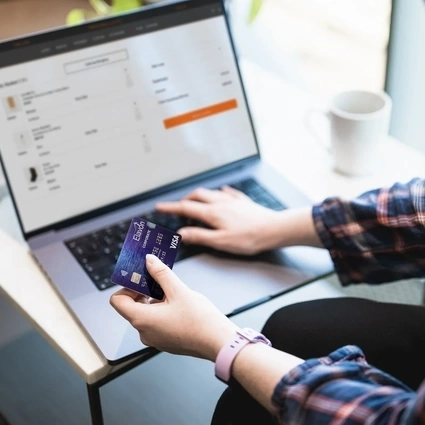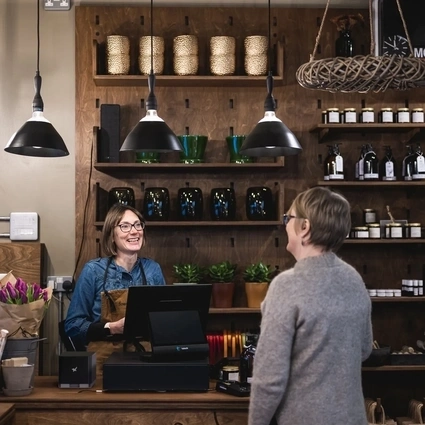Be transparent with your customers from the beginning of the checkout process. Adding unexpectedly high shipping costs or fees towards the end of checkout can deter customers from purchasing and can increase cart abandonment.
According to Elavon research, a huge 71% said it’s likely to prevent them from checking out. You can reduce the cost of delivery by keeping your stock close to where most of your customers are based – but that’s not really an option for smaller businesses and gets complicated if you’ve got a sizeable overseas market.
Before you make your newly optimised mobile website live, run it through a mobile testing tool so you can identify and correct any problems that could affect your mobile user experience.
Consider including delivery charges in the price of your item or offering free delivery when shoppers spend over a certain amount. Or you could add features like shipping-cost calculators or displaying additional fees on product pages. But be clear from the outset what, if anything, shoppers will be expected to pay.
Continuing the delivery theme, over a quarter (25%) of online shoppers said lack of delivery options was reason to abandon a shop, emphasising the need for a good, reliable delivery scheme.
It’s worth noting that, not only is expensive delivery the number one reason for cart abandonment, but Elavon research also shows reliable delivery and free returns are the two top reasons people return to shop at your store.










